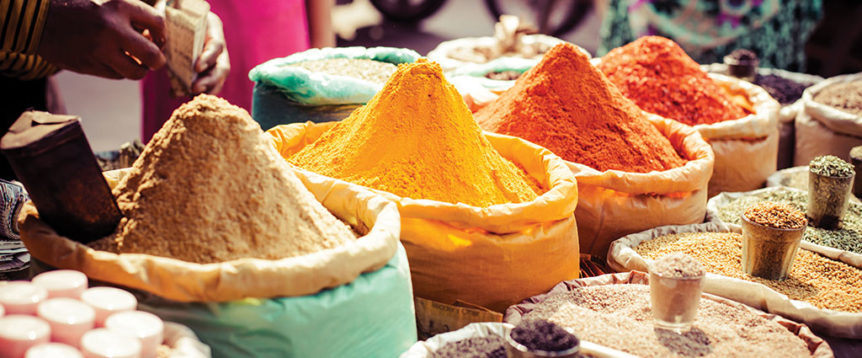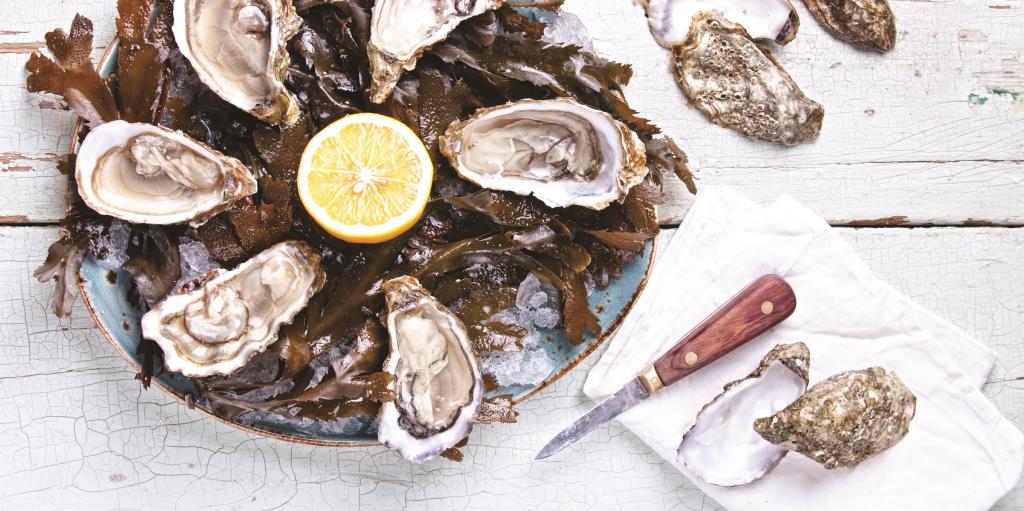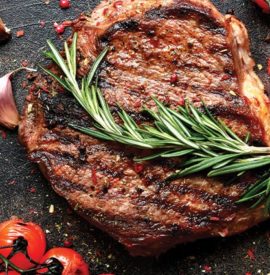Morocco hugs the western edge of North Africa, practically touching the southern tip of Spain. Centuries of cultural exchanges, dating as far back as the Phoenicians and Romans, influence its cookery.
A vital stop on the spice route between Europe, the Middle East and Asia, Morocco received spices from around the world that became key elements of its cuisine. Its food is a mix of Berber, Arabic, Andalusian, Mediterranean and even French cuisines.
“Modern Moroccan cuisine has been shaped through its history by the traditions of the indigenous Berber communities, as well as the influences of the invading and colonizing nations and refugees,” says Ghillie Basan, author of numerous books, including The Modern Tagine Cookbook (Ryland Peters & Small, 2019) and Flavors of Morocco (Ryland Peters & Small, 2016). “As a result of all these influences, Moroccan cuisine is sweet and spicy, sour and salty, floral and buttery, and oozing with flavor.”
Among the best-known images of Morocco are its famed souks, or markets, maze-like and packed with vendor stalls full of bright-red, yellow and brown spices mounded in piles. The most typical are saffron, cinnamon, cayenne, turmeric, cumin and paprika, but many other spices and herbs are used, too. The country’s most exported spice blend is ras el hanout, a blend of 27 spices, used to rub on meat or fish, or stir into couscous.
“The foundations of Moroccan cuisine are the traditional tagines and couscous—most of the other dishes are built around these two important features,” Basan says. “Couscous, which is not a grain but tiny little ‘pasta’ pellets, is the national dish and is highly revered for religious and symbolic reasons. There is an art to the preparation and eating of it, and it is often served as a course on its own.”
A typical meal will start with hot or cold salads, followed by a tagine—vegetables and meat or fish cooked in a conical earthenware pot. A typical Berber dish, it is eaten directly from the pot (also called a tagine) using bread as an eating utensil.
Try this chicken tagine with preserved lemon and green olives.
For more formal meals, a lamb or chicken dish or couscous topped with meat and vegetables comes next. Dwaz atay, or special cookies served with mint tea, the country’s most popular drink, can be served anytime. “The rituals of preparing, offering, sharing and receiving a glass of freshly brewed mint tea are deeply entrenched in Moroccan hospitality,” Basan says.
Breads include a durum wheat semolina, khubz, baguettes and flat or pan-fried breads. “The many varieties of leavened and unleavened breads play a big role in the cuisine,” Basan explains. Morocco lies on both the Atlantic and Mediterranean coasts, adding ample seafood to the menu, too.
Some of the other most common dishes in Morocco are harira—a hearty tomato-based soup made with meat, vegetables, lentils and chickpeas—and chicken with preserved lemon, roasted with tangy lemons and olives. “Moroccan cuisine is a feast for the senses,” Basan says.










Comments